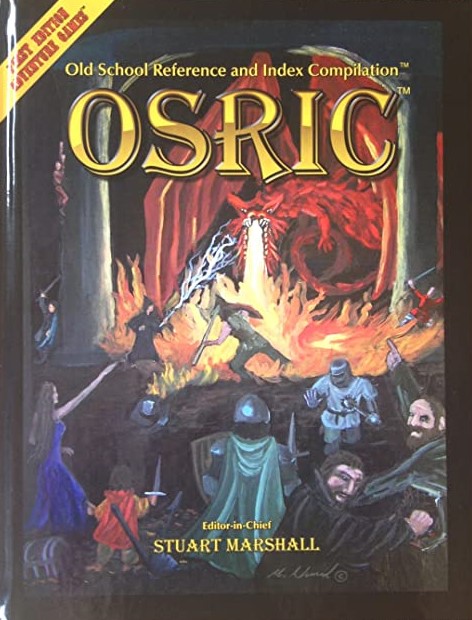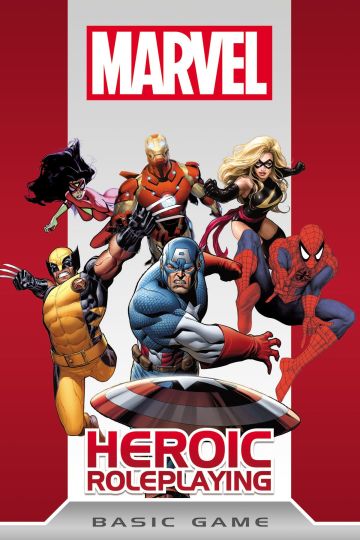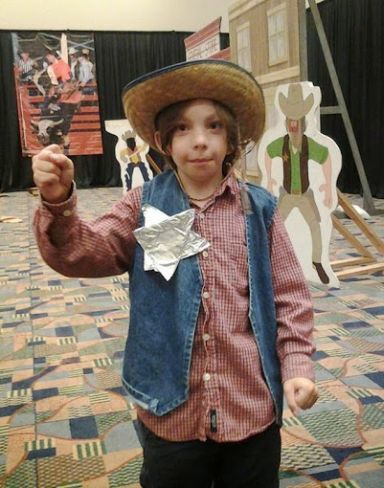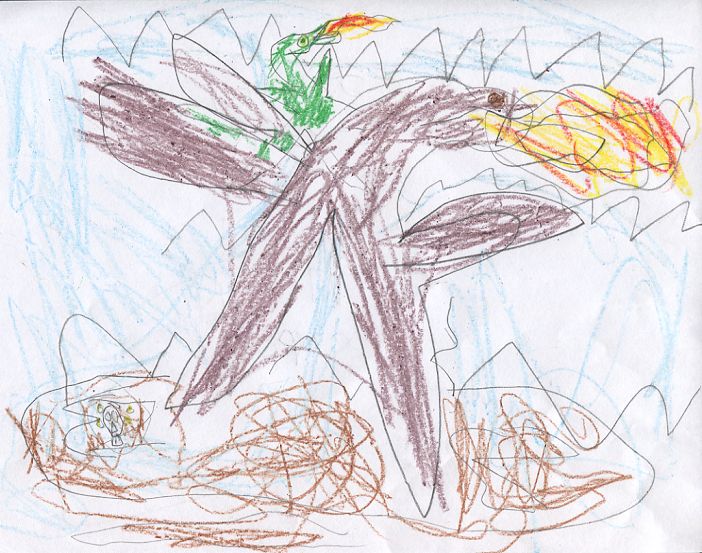OSRIC: The Bonus Die, Part 2
Today, I continue to explore expanding OSRIC to include narrative elements inspired by Margaret Weis Productions’ Marvel Heroic Roleplaying Game (MHRG). In the first post on this topic, I looked at how characters and monsters create assets and complications that affect Attack, Defense, Saving Throws, and Damage. It’s now time to turn to noncombat applications of the idea (“noncombat” meaning not applicable to Attack, Defense, Saving Throws, or Damage).

OSRIC does not have a skill system, and I’m certainly not proposing to add one. Instead, I’m going to start with tried-and-true idea of ability checks, which were widely used as a house rule in 1E AD&D, morphing into nonweapon proficiencies with 2E AD&D.
An ability check is simple. The player proposes a course of action, the success of which is not obvious. The DM designates an ability score that governs that action and determines the action’s difficulty. The players rolls one or more dice and compares the result to the ability score to determine success. The lower the result, the better.
Let’s formalize some of this by tying the number of dice rolled to the difficulty of the action. The harder the action, the more dice the player rolls, which leads to higher totals on average and reduces the odds of success.
Easy: 2d6
Average: 3d6
Hard: 4d6
Heroic: 5d6
Nigh Impossible: 6d6
The player rolls and totals the results of the indicated number of dice. If this total is equal to or less than the governing ability score, the character succeeds. (Nota Bene: This system assumes that no other part of the rules covers the proposed action. For example, it wouldn’t be used to open a door as that task is already governed by Strength.)
For example, Wiggles the halfling thief wants to jump up on a table in order to pull a tapestry down onto a well-armed and armored ogre. Can Wiggles make the jump onto the table? There’s no good reason why he ought not be able to try. The DM judges that Wiggles’s height compared to the table’s height added to the constricted area due to the ogre and other combatants makes jumping onto the table on Average task governed by Wiggles’s Strength of 11. Christopher rolls 3d6, totals the dice, and compares the result to Wiggles’s Strength.
But, what if there’s something in Wiggles’s background that hints he’s good at jumping? How does this factor in?
Going back to MHRG, we find the concept of Distinctions, which are “defining backgrounds, personality traits, or catchphrases that summarize important facets of the hero’s outlook and approach to life.” An MHRG hero usually has three Distinctions, one of which helps form the dice pool rolled to determine success. Applied to OSRIC during character creation, a player should write three Distinctions for his character. Of course, the DM must approve these Distinctions.
For example, Christopher wrote these Distinctions for Wiggles: Circus Runaway, Plans for the Worst, and Shy, Yet Brave
We can now see that the reason Wiggles thinks he can make the jump onto the table in the middle of a pitched melee is because Wiggles spent time with a circus. This Distinction does not require an action to get into play. It is part of the character’s background. Consequently, Wiggles enjoys the benefit of an asset die when doing things related to having worked for a circus. Since Wiggles is a 2nd-level thief, his asset die size is d4. Christopher rolls 3d6 and 1d4, and subtracts the d4 from the total (because the d4 is a benefit and goal is get the lowest possible total). He rolls 3, 4, and 6 on the 3d6 and 3 on the 1d4, giving a total of 10 (3 + 4 + 6 – 3). Wiggles succeeds!
Another thing to note is that the modifier provided by an asset or complication might apply to a task governed by a d% roll. In this case, treat each unit as plus or minus 5% to the d% result.
For example, Wiggles needs to sneak past a couple of guards. Being only a 2nd-level thief, his move silently chance is not impressive, but it’s much better than Bric’s and Brac’s chances. Since Wiggles Plans for the Worst, Christopher explains how Wiggles carefully studies the routes so as to maximize staying out of line of sight while minimizing the odds of stumbling over something or stepping on something noisy. The DM thinks this sounds a lot like creating an asset. Christopher rolls 1d20 + 2 (Wiggles’s level) – 1 (since each guard is a 0-level NPC, the DM rules they count as half a Hit Die each). Christopher rolls a 16, which yields a result well above the 11 needed to create an asset. Wiggles gets his d4 asset die, which translates into a 5-20% modifier to Wiggles’s chance to move silently.
A final caveat: Care must be exercised with Distinctions. They should probably not ever directly affect Attack, Defense, Damage, or Saving Throws, at least not without having to create an asset or complication as previously described. Distinctions can otherwise apply more or less automatically to a wide range of activities, or they can be used to create assets and complications.



